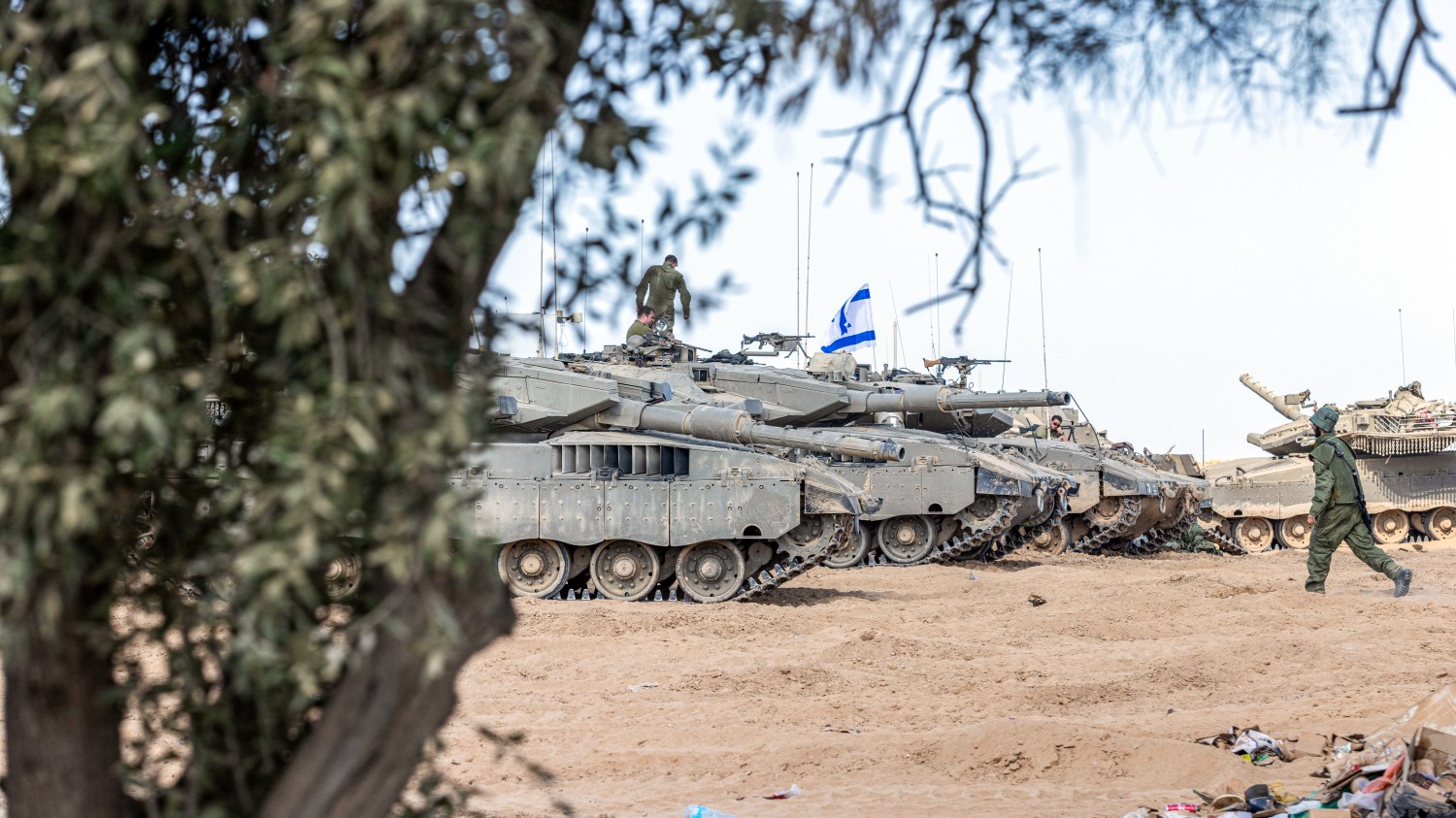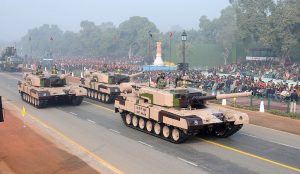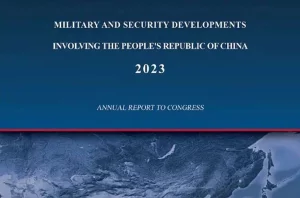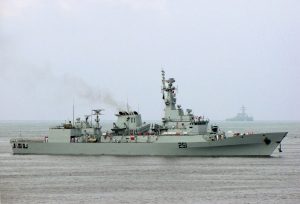Israel is bracing for tough times as it gears up to pacify the Gaza Strip and dismantle the Hamas terror organization. What’s adding complexity to the situation is the lurking threat from Hezbollah in Lebanon, ready to intervene if Israel decides to make a move.
For three long days, Israel’s Defense Forces were on standby for a ground assault on the Gaza Strip. The reasons behind the delay remain unclear, leaving room for speculation about the nature of this impending invasion and whether it’s the most effective strategy to eradicate Hamas. To determine the best course of action, we need to take into account the capabilities of the Israeli Defense Forces (IDF), the dynamics of Hamas, and the challenging geographical layout of the Gaza Strip.
IDF’s Arsenal:
Israel boasts one of the world’s most potent and technologically advanced militaries, especially relative to its size. In preparation for the operation, Israel called up 300,000 reservists, constituting a significant 3% of the population. To put it in perspective, the entire active-duty and reserve personnel in the United States account for only 0.6% of the population. The IDF stands well-prepared for a major operation.
In addition to this surge in troops, about ten times the total number of Hamas fighters, according to Israeli sources, the IDF deploys the Merkava Mk 4 Main Battle Tank, recognized as one of the finest tanks globally. Israel’s Air Force operates an array of aircraft, including F-15s, F-16s, and the F-35I, a licensed variant of the cutting-edge Lightning II. Furthermore, akin to any modern military engaged in combined arms operations, the IDF employs various models of artillery.
These assets seem to provide a significant advantage over the Hamas militants in Gaza. However, the effectiveness of these assets could be significantly diminished, if not entirely neutralized, in the event of a full-scale invasion.
Hamas in Gaza:
Differing from conventional warfare scenarios where the IDF might confront a military force with established bases, staging areas, and identifiable front lines, the challenge here is Hamas—an irregular and loosely organized terrorist group. Hamas doesn’t possess heavy military equipment like tanks and artillery; instead, it heavily relies on small arms, makeshift rockets (often constructed from water pipes), and improvised infrastructure.
Hamas fighters are deeply entrenched throughout the Gaza Strip, relying on an extensive network of tunnels and hidden strongholds. The geography and terrain of the Gaza Strip further complicate matters. The region is highly urbanized and characterized by its small, flat expanse, making any ground invasion a formidable task.
The situation is further compounded by the significant number of hostages concealed within the underground tunnel systems of the city. During its shocking October 7th attack, Hamas brutally abducted approximately 200 civilians and soldiers, including infants, the elderly, and the wounded. The terrorist group went to the extent of releasing gruesome footage showing some of its militants holding these innocent hostages, an act that has sparked outrage on social media. Given the horrors perpetrated during the surprise attack, hope for the safety of these hostages diminishes with each passing day.
Is a Ground Invasion the Optimal Solution for Crushing Hamas?
Considering these complex factors, a ground invasion is likely to be a costly, destructive, and lethal endeavor for both Palestinians and Israelis. Urban warfare against an entrenched adversary stands out as one of the most challenging forms of warfare, as experienced by the U.S. military during the two Battles of Fallujah.
Nevertheless, a full-scale invasion may be the only viable approach to completely dismantle the Hamas infrastructure in Gaza. Targeted airstrikes have the potential to diminish staging points and discourage Hamas aggression. Still, the extensive network of tunnels provides militants with a degree of protection against a purely aerial campaign. Additionally, these airstrikes often result in collateral damage, which could undermine international support for Israel’s operation.
As this conflict shows no signs of imminent resolution, Israel faces arduous days ahead in its mission to pacify the Gaza Strip and eradicate the Hamas terror organization. Adding further complexity to the equation is the looming presence of Hezbollah in Lebanon, with a direct threat to join the conflict should Israel embark on a ground offensive.






